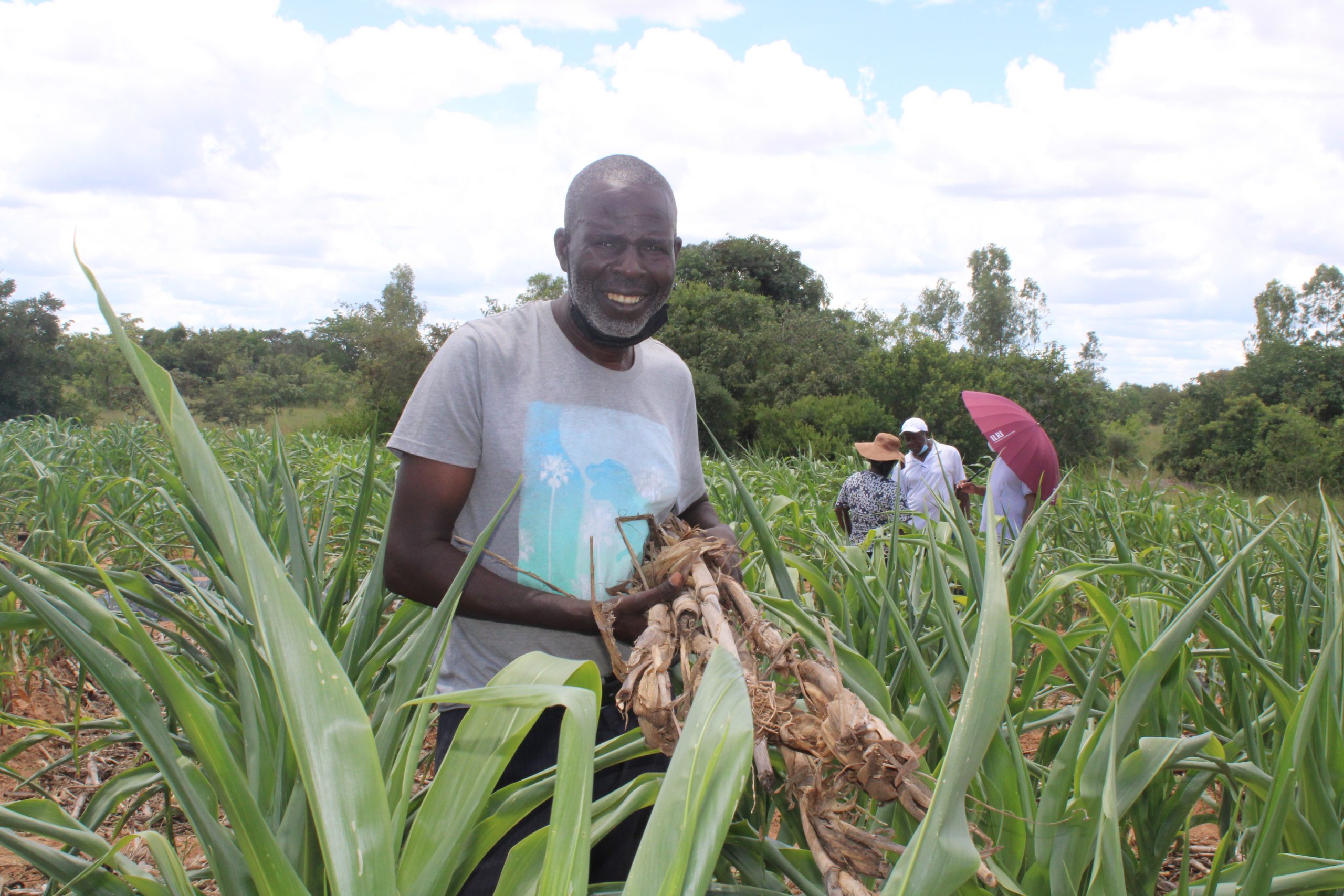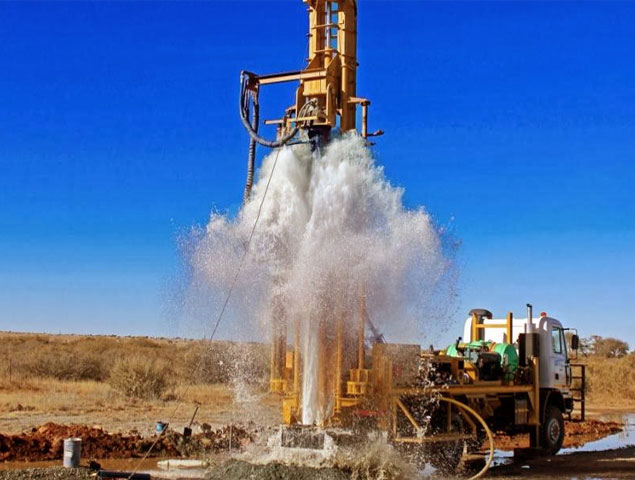Mashonaland West soils are acidic
Share

CHINHOYI – APPROXIMATELY 70 percent of the soils in Mashonaland West
Province are acidic and it is imperative for farmers to test their soils in order to work
with accurate yield projections.
Addressing farmers and Ministry of Agriculture officials at Chinhoyi Showgrounds
during a pre-season preparatory meeting, Mashonaland West provincial Agritex
Officer, Evelyn Ndoro, encouraged farmers to take farming as a business, which
requires careful planning.
“Soil acidity is a major challenge, which can affect targeted yields. Farmers should get
their soils tested so that they know what is required for their soil to increase fertility.
“Farmers must add lime to their soil to reduce sub soil acidification and should use
the actual required fertilisers,” Ndoro advised.
Farmers, said the Government should provide such laboratories for soil testing at
provincial level since private laboratories are expensive.
Soil pH is a measure of the concentration of hydrogen ions in the soil. The lower the
pH of soil, the greater the acidity.
Research shows that pH should be maintained at above 5.5 in the topsoil and 4.8 in
the subsurface.
A well maintained soil pH will maintain the value of the soil resource, maximise crop
and pasture choice and avoid production losses due to low pH.
Acidic soils cause significant losses in production and the choice of crops is restricted
to acid tolerant species and varieties, while profitable market opportunities may also
be reduced.
In pastures grown on acidic soils, production will be reduced and some legume
species may fail to persist.
Degradation of the soil resource is also of wider concern and off-site impacts must be
considered.
Off-site impacts mainly result from reduced plant growth. Deep-rooted species
required to increase water usage may not thrive, thus increasing the risk of salinity.
It was also noted that increased run-off and subsequent erosion has detrimental
impacts on streams and water quality. Increased nutrient leaching may pollute ground
water.







